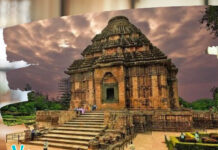Capturing the scenic beauty of places through art is a skill that several artists have a keen eye and hand for, and their talent seeps through their vivid paintings.
Taking inspiration from his travels to South Asia in the 1930s, renowned 20th-century Japanese artist and woodblock printmaker, Hiroshi Yoshida, put together a collection of shin-hanga prints from the places he visited in India.
Shin-Hanga is an art movement that revolutionized the style of prints in Japan from their traditional ukiyo-e style towards a more western approach. The shin-hanga style comprises landscape prints, birds and flowers, and prints of actors and beauties.
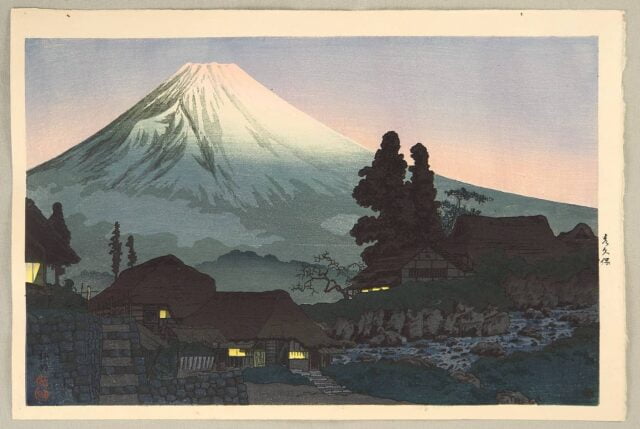
Hiroshi Yoshida followed this style for his landscape art as well. He was one of the few Japanese artists at the time who made it a point to travel the world and practice his art in different cities. His artwork and prints were a true reflection of his love for travelling and seeing the world.
What was most unique about his woodblock style was how he incorporated Japanese elements while painting non-Japanese subjects.
His journey to India was his fourth trip abroad. During his time here, he made numerous prints of well-known and recognized monuments such as the Taj Mahal, the Golden Temple, Victoria Memorial and many more.
Paintings Of India During The 1930s
Here is a compilation of some of Hiroshi Yoshida’s best artwork for you to dive into and explore.
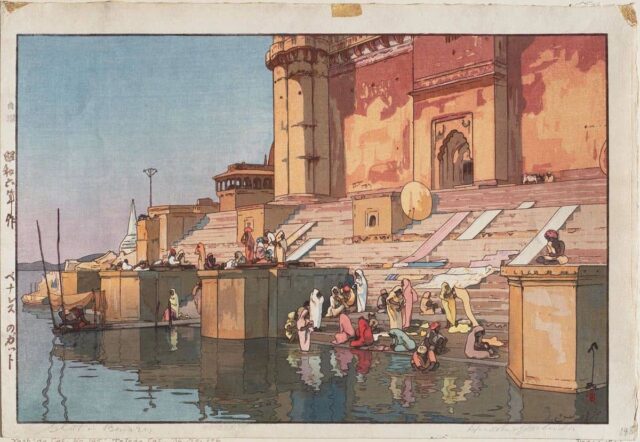
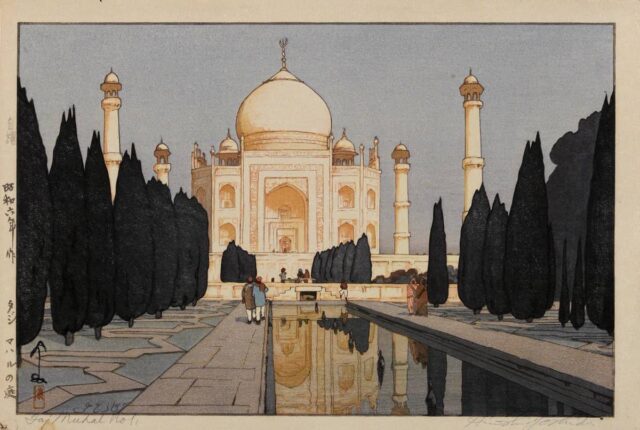
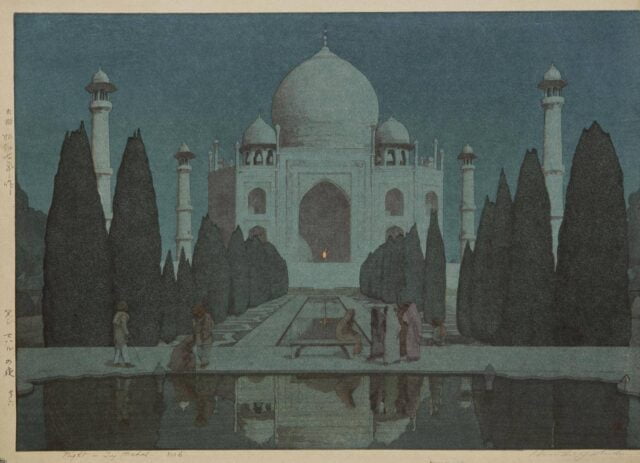
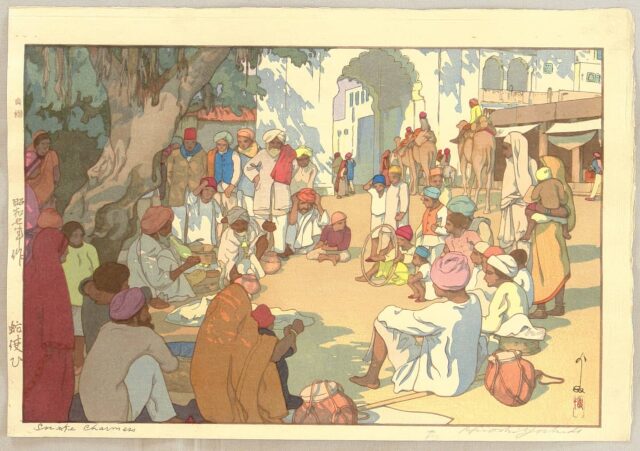
Read More: Indian Paintings: Revisiting The Folk Art Of India
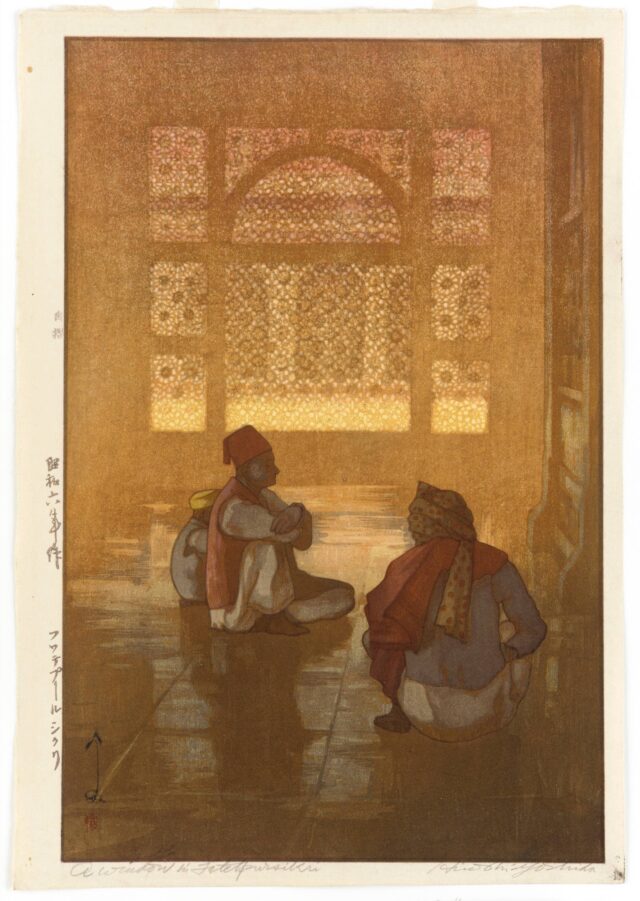

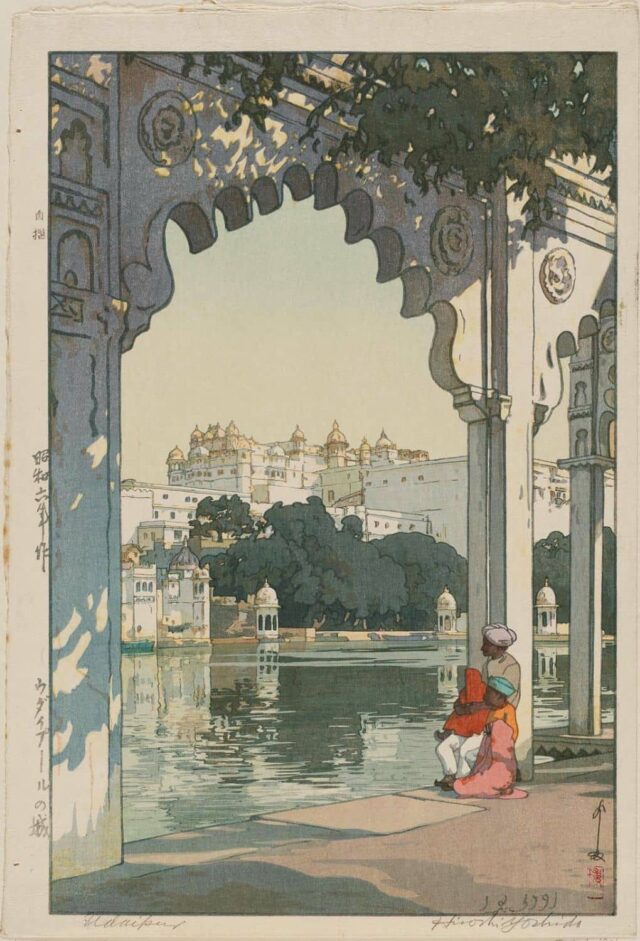
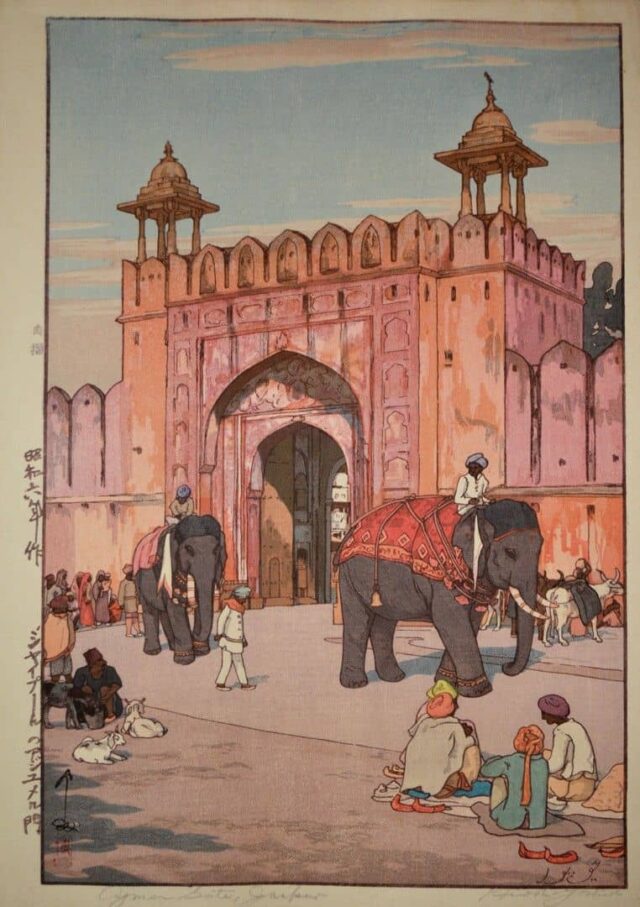
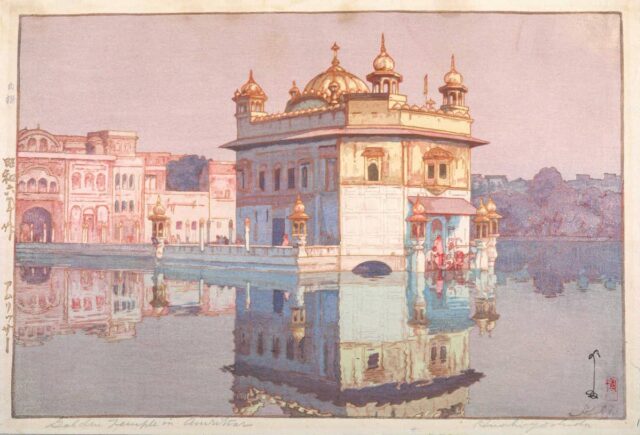
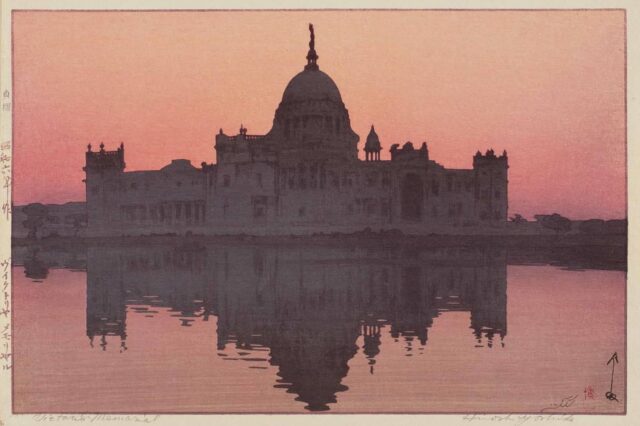
A glimpse at these paintings gives us an artistic and aesthetic image of what India looked like during the 1930s. His elegant and sophisticated style is a true celebration of India’s history and has perfectly captured the picturesque scenes of our country.
Image Credits: Google Images
Sources: Scroll, The British Museum, Britannica
Find the Blogger: @MalavikaMenon28
This post is tagged under: Japanese art, shin-hanga prints, what is shin-hanga art, who is Hiroshi Yoshida, artists, India during the 1930s, landscape paintings, woodblock printmaker, Japan, paintings of India in the 1930s, Taj Mahal, Ajmer Gate, Udaipur Palace, Victoria Memorial, Fatehpur Sikri, Jama Masjid, Ghats in Banaras, The Golden Temple, Amritsar, Jaipur, Delhi, Agra, what did Hiroshi Yoshida paint, drawing from life, scenery, museum art, the Japanese style of painting, shin-hanga art movement, paintings of famous monuments in India, India during the 1930s, Japanese artist recreating scenes from India, Hiroshi Yoshida art style, prints, famous prints of Hiroshi Yoshida





























